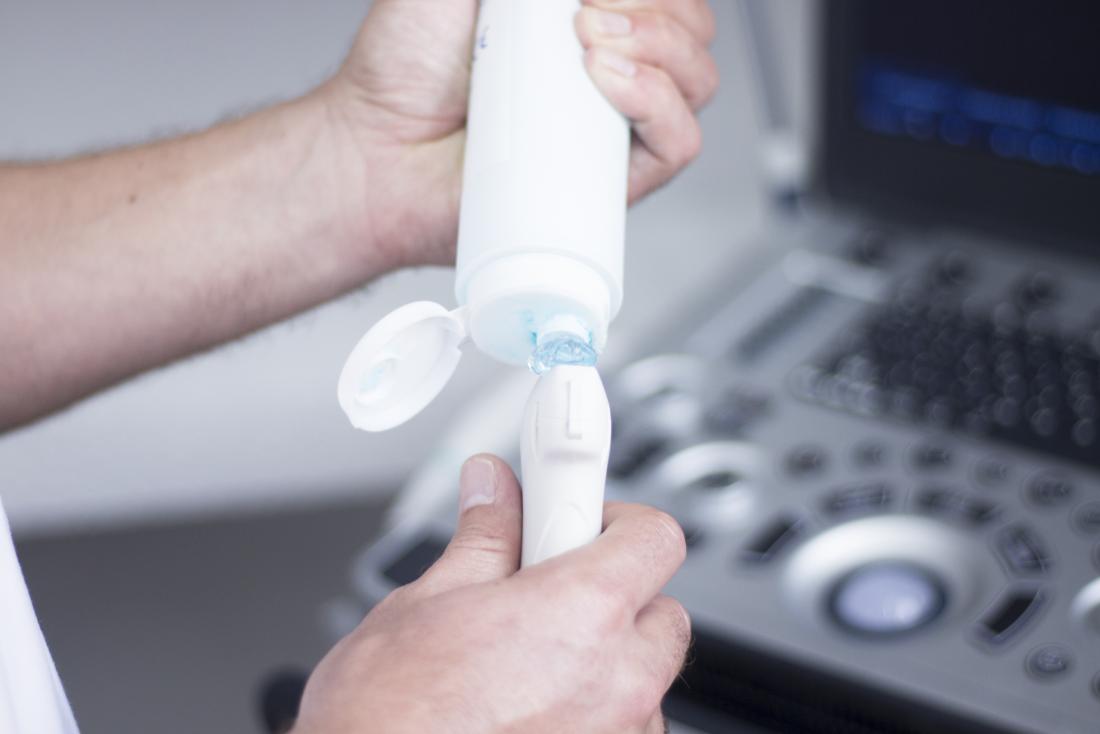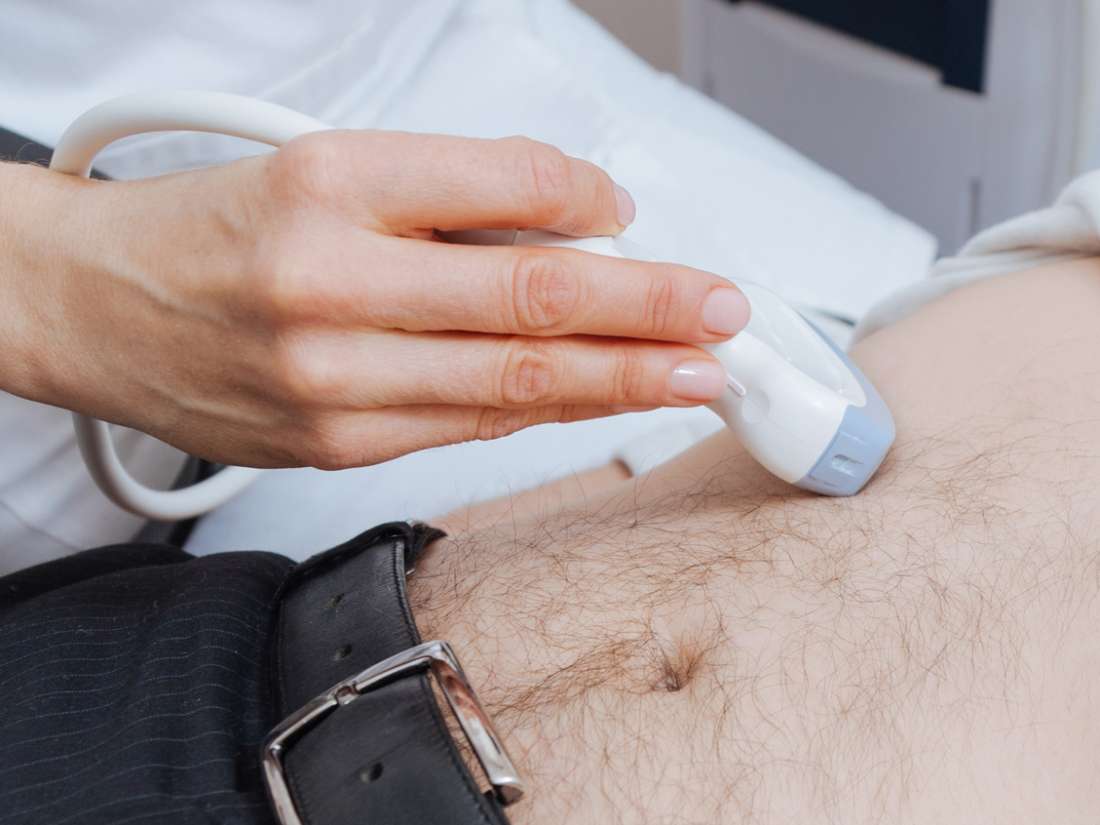Ultrasound imaging involves sending high-frequency sound waves into the body. These waves reflect off of organs and other structures inside the body. A receiver then picks up these response signals.
It is possible to create images by analyzing the data that these signals create.
The abdomen contains many important body parts that often require monitoring. Ultrasound imaging is important for helping doctors identify problems in the abdomen, such as appendicitis or kidney stones.
Purpose

A doctor may recommend an abdominal ultrasound to diagnose the cause of abdominal pain.
There are several major organs in the abdomen. Using an abdominal ultrasound, it is possible to create images of these organs. This can help identify abdominal problems that may be causing symptoms.
Major organs in the abdomen include the:
- appendix
- large and small intestine
- stomach
- gallbladder
- liver
- pancreas
- bladder
- spleen
As well as the organs, it is possible to use ultrasound to image other important structures in the abdomen, such as tissues, blood vessels, and abnormal growths.
For example, a doctor may wish to inspect the abdominal aorta, which carries blood between the heart and abdominal organs.
In some cases, it may be necessary to use a Doppler ultrasound. This type of ultrasound can detect changes in blood flow through the abdomen.
Because the abdomen contains many important body parts, several problems can occur there. Such problems could range from inflammation to abnormal hormonal responses, and they can sometimes indicate the presence of another condition.
A doctor may use an ultrasound to diagnose conditions such as:
Procedure

A technician will place gel on the abdomen before an ultrasound.
An ultrasound scan will usually require little preparation.
The exact preparation details will vary depending on the nature of the problem and the doctor.
A doctor may advise against eating or drinking for up to several hours before the scan.
To perform an abdominal ultrasound, a person lies flat on their back on an examination table.
The procedure involves the use of a transducer. This is a wand-like device that sends high-frequency sound waves into the body and picks up the responding signal.
Before they begin, the doctor will apply a gel to the abdominal skin. This helps sound waves pass through the abdomen more efficiently by removing small pockets of air that may interfere. The gel is water-based and easy to clean off after the procedure.
The doctor will then place the transducer on the abdomen. They will move the device around the area to create a better image of the abdomen. The transducer may press lightly on the abdomen, but the procedure should not feel uncomfortable.
Certain types of ultrasound can create sounds during the procedure. For example, a Doppler ultrasound will emit clicking sounds in response to any changes in blood flow.
This process will continue until the ultrasound image contains a sufficient amount of detail for its intended purpose. It is possible to display the ultrasound image immediately and to take photographs for future examination.
After completing the ultrasound, the doctor will clean any remaining gel from the abdominal skin.
The procedure should take 30–45 minutes to complete.
The doctor will typically send the ultrasound images to a radiologist for analysis. Radiologists are specialists who can analyze images from X-rays and ultrasound tests. They will send the results of their analysis back to the doctor, who can use them to make a diagnosis.
Risks
According to the Food and Drug Administration (FDA), ultrasound imaging has “an excellent safety record.” The procedure is highly unlikely to cause any negative effects or complications.
Ultrasound imaging is much safer than other types of medical imaging procedures, such as CT scans or X-rays.
This is because CT scans and X-rays use ionizing radiation. In some cases, this can have an adverse effect on the body and cause reactions. Ultrasounds, however, do not use any radiation and do not pose these risks.
Ultrasounds may have some minor effects on the body, though, such as raising the temperature of surrounding tissues.
The FDA also warn that the long-term effects of ultrasound imaging are currently unknown. While the procedure is safe, women who are pregnant should limit the number of ultrasound scans they undergo as a precaution.
Takeaway
Abdominal ultrasounds are safe procedures. The risk of any complications or adverse effects is very low in comparison with other types of medical imaging.
The method offers a quick way to examine structures within the abdomen that can aid the diagnosis or monitoring of health conditions.
